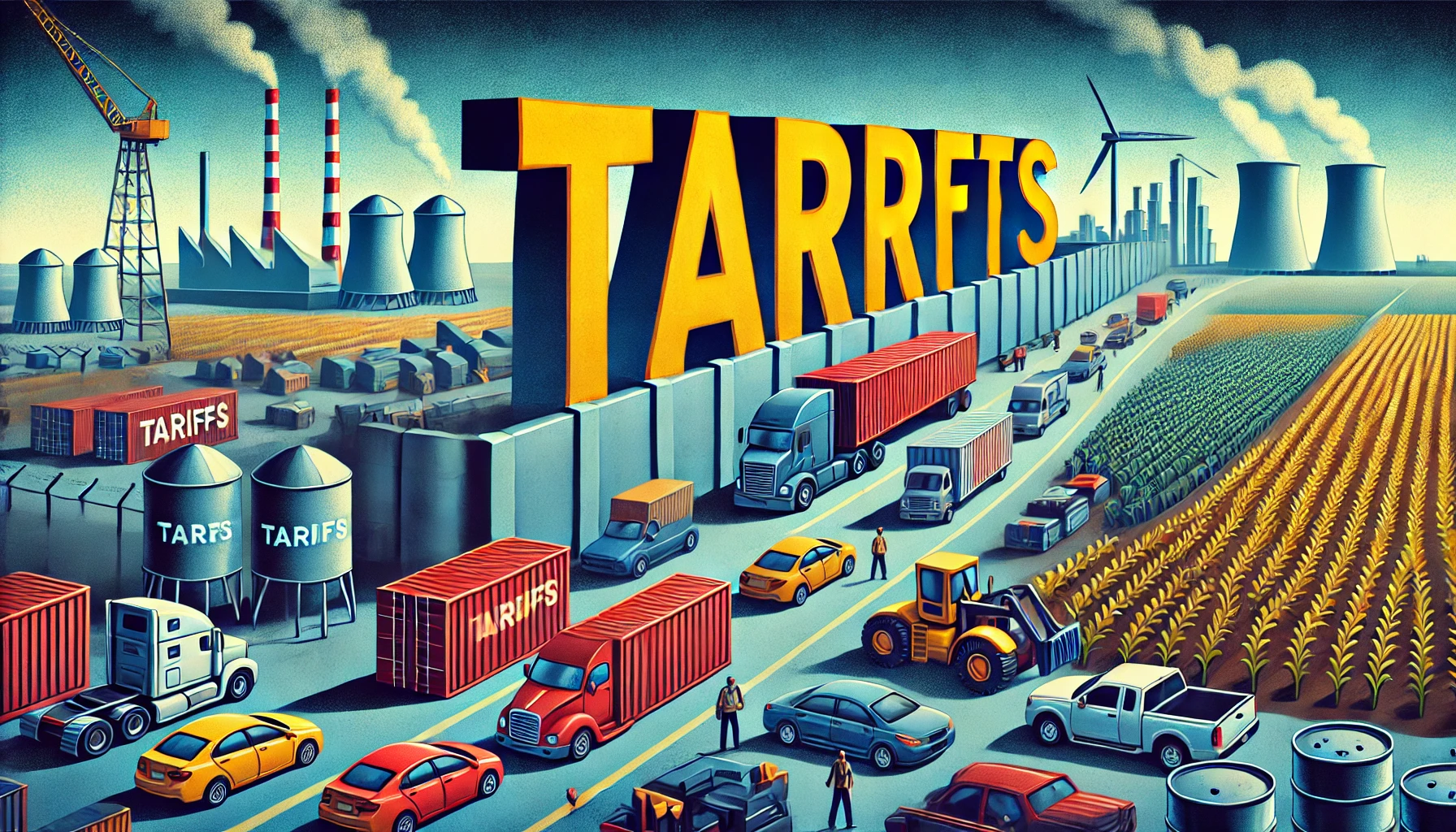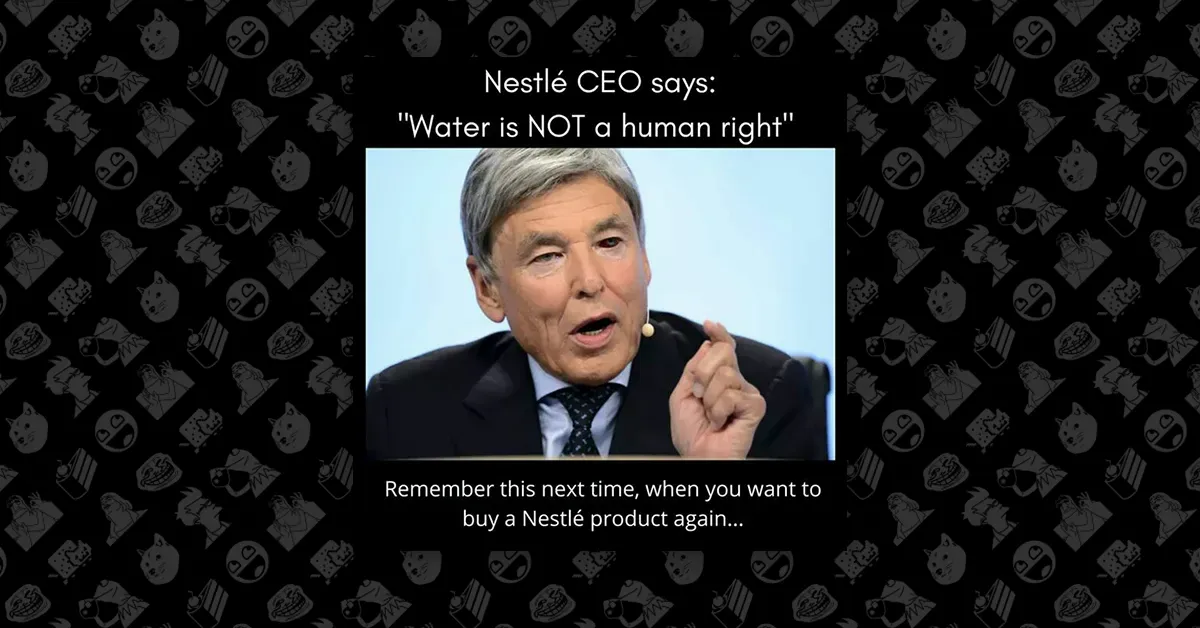Tariffs on foreign goods are essentially taxes that countries impose on imported items, and they can raise domestic prices and hurt the economy in multiple ways. Here’s a breakdown of why tariffs lead to higher costs for Americans, along with historical examples and insights into why such policies may not be as effective in today’s global economy.
Reasons Why Tariffs Raise Prices and Hurt the Economy
1. Higher Costs for Importers and Consumers:
• Tariffs make foreign goods more expensive. Importers pass these increased costs onto consumers, meaning Americans end up paying more for these goods. Everyday items, like electronics, cars, and clothing, become pricier.
2. Reduced Competition:
• Tariffs reduce competition from foreign producers, which can allow domestic companies to raise their prices, as they no longer need to compete as aggressively. This limits choices and affordability for consumers.
3. Supply Chain Disruptions:
• Many products rely on components from multiple countries. A tariff on one part of the supply chain increases production costs, which ultimately raises the final price of goods. For example, if there’s a tariff on steel, companies manufacturing cars or appliances might need to increase prices to cover the higher costs.
4. Inflationary Pressures:
• By increasing prices on goods, tariffs can contribute to inflation. As prices rise across the board, the purchasing power of Americans decreases, especially impacting low- and middle-income households that spend a larger share of their income on necessities.
5. Trade Retaliation:
• Other countries often respond to tariffs with their own tariffs, targeting U.S. exports. This makes it harder for American businesses to sell their products abroad, reducing their revenue and potentially leading to layoffs and wage cuts.
6. Increased Production Costs for Domestic Industries:
• Some U.S. industries rely on imported raw materials. Tariffs make these imports more expensive, which drives up costs for U.S.-based manufacturing and reduces the competitiveness of American goods in both domestic and international markets.
7. Decreased Economic Efficiency:
• Tariffs disrupt the free market by encouraging the purchase of more expensive domestic goods, even if a cheaper foreign option would be more efficient. This misallocation of resources results in higher overall costs for both businesses and consumers.
8. Job Loss in Export-Dependent Industries:
• While tariffs are meant to protect domestic jobs, they can harm jobs in industries reliant on exports, as other countries retaliate with their own tariffs. Agriculture and manufacturing sectors, in particular, are vulnerable, as seen in the impacts on U.S. farmers when countries imposed retaliatory tariffs on agricultural goods.
9. Reduction in Innovation:
• A lack of competitive pressure can lead to reduced innovation among domestic producers. When companies face little competition, they have less incentive to improve efficiency, invest in new technology, or lower prices for consumers.
10. Economic Uncertainty:
• Tariff policies often create uncertainty, making it harder for businesses to plan for the future. Companies may delay or reduce investment, ultimately slowing down economic growth and job creation.
Historical Examples
1. Smoot-Hawley Tariff Act of 1930:
• The Smoot-Hawley Tariff Act was a U.S. law that raised tariffs on thousands of imported goods to protect American industries during the Great Depression. Instead, it backfired, sparking a trade war that severely restricted international trade. Other countries retaliated with tariffs on U.S. goods, leading to a collapse in exports. This worsened the Depression and contributed to a prolonged global economic slump.
• Why it wouldn’t work now: Modern economies are even more globally interconnected, so a similar policy today would likely result in a rapid escalation of retaliatory tariffs, hurting global supply chains and damaging the U.S. economy.
2. Trump Administration Tariffs (2018):
• The Trump administration imposed tariffs on Chinese goods, as well as steel and aluminum imports from various countries, aiming to reduce trade deficits and protect U.S. manufacturing jobs. While some domestic industries benefitted slightly, the overall effect included higher costs for U.S. businesses and consumers. Retaliatory tariffs from China and other countries led to reduced exports, particularly affecting American farmers, who required government bailouts to stay afloat.
• Why it wouldn’t work now: The global economy has not fully recovered from COVID-19 disruptions, and supply chains remain fragile. More tariffs could amplify these issues, raise inflation further, and worsen economic uncertainty.
3. Tariffs on Japanese Auto Imports (1980s):
• During the 1980s, the U.S. government placed tariffs on Japanese auto imports to protect the American automotive industry. While it temporarily benefitted U.S. automakers, it also increased prices on Japanese cars, which were in high demand. Eventually, Japanese companies set up factories in the U.S. to avoid the tariffs, thus minimizing their effect.
• Why it wouldn’t work now: Today, multinational companies are adept at adapting to tariffs by shifting production or rerouting supply chains. Tariffs would likely have a limited impact on trade deficits but would still increase costs for consumers and manufacturers.
Why Tariffs Are Less Effective in Today’s Global Economy
1. Globalized Supply Chains: Modern supply chains are intricately linked across borders, meaning that a tariff on one component can disrupt an entire production network. Tariffs would likely make many industries less efficient and increase costs for businesses and consumers.
2. Digital Economy: Much of today’s economy is driven by digital goods and services, which are harder to control through tariffs. As technology sectors grow, tariffs on physical goods cover a shrinking part of the economy.
3. High Potential for Retaliation: Countries today are quicker to retaliate due to the heightened economic interdependence. This creates a “tit-for-tat” environment, leading to trade wars that hurt all sides.
4. Impact on Inflation: Today’s global economy faces inflationary pressures, and tariffs would likely worsen this issue. With already high prices for goods and services, additional tariffs could lead to prolonged economic hardship for consumers.
In summary, while tariffs aim to protect domestic jobs and reduce trade deficits, they often lead to higher prices for consumers, strained supply chains, and retaliatory measures that harm export-dependent industries. Historical examples like the Smoot-Hawley Act and the Trump administration’s tariffs demonstrate that tariffs often backfire, especially in a globally interconnected economy where repercussions are amplified.



